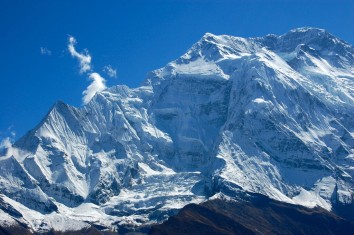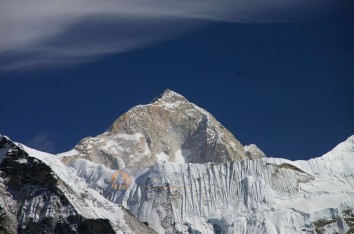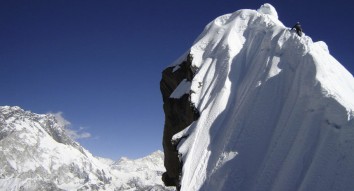Health and Safety Tips for Travelers in Nepal

Health and Safety Tips for Travelers in Nepal: Avoiding Altitude Sickness and Other Concerns
Traveling to Nepal offers an unparalleled opportunity to explore breathtaking landscapes and immerse oneself in a rich cultural tapestry. However, the adventure of hiking through the world’s highest mountain ranges comes with its own set of health challenges, most notably altitude sickness. Being well-prepared can significantly enhance your experience and ensure a safer journey. Here are essential tips on how to stay healthy and safe while navigating the elevations of Nepal, with a particular focus on preventing and managing altitude sickness.
Understanding Altitude Sickness
Altitude sickness, also known as acute mountain sickness (AMS), can occur when traveling to elevations above 2,500 meters (8,200 feet), a common scenario in many parts of Nepal, including popular trekking destinations like Everest Base Camp and Annapurna Circuit. It happens because the body doesn't have enough time to adapt to the decreased oxygen levels at higher altitudes.
Symptoms of Altitude Sickness
The symptoms of AMS can range from mild to severe and include headache, nausea, dizziness, fatigue, loss of appetite, and difficulty sleeping. Recognizing these symptoms early is crucial for the effective management and prevention of more serious complications such as high-altitude pulmonary edema (HAPE) or high-altitude cerebral edema (HACE).
Prevention of Altitude Sickness
-
Acclimatization: The key to preventing AMS is a slow and steady ascent. Allow your body time to adapt to the altitude changes. It’s recommended not to climb more than 300-500 meters a day once you are above 3,000 meters.
-
Hydration: Staying hydrated is vital in high-altitude conditions. Drink at least three to four liters of water per day. Avoid diuretics such as coffee, alcohol, and certain types of medication that can dehydrate you.
-
Diet: Eating light and high-carbohydrate meals can help maintain energy levels and ease digestion, which can be sluggish at higher elevations.
-
Medication: Medications like Acetazolamide can be used for prevention and treatment of AMS, but it should be taken under the advice of a healthcare provider.
-
Physical Condition: Being in good physical shape can help your body cope better with the demands of high-altitude trekking.
Dealing with Altitude Sickness
If symptoms of altitude sickness develop, it is crucial to take immediate action:
- Stop and Rest: Do not ascend any further if symptoms appear, and rest at the same altitude until the symptoms have completely subsided.
- Descend if Necessary: If symptoms worsen, immediate descent is critical. Even a small descent of 500 meters can help alleviate symptoms significantly.
- Seek Medical Help: In case of severe symptoms, seek professional medical help immediately. Most trekking routes in Nepal are equipped with local health posts and trained professionals familiar with altitude-related illnesses.
Other Health and Safety Tips
While altitude sickness is a significant concern, there are other health and safety measures to consider:
- Vaccinations: Ensure your vaccinations are up-to-date, with recommended shots for Hepatitis A and B, Typhoid, and Tetanus.
- Travel Insurance: Ensure you have travel insurance that covers high-altitude trekking and emergency evacuation.
- Local Health Hazards: Be aware of other health risks such as waterborne diseases. Drink only boiled or treated water.
- Emergency Contacts: Keep emergency contacts, including local emergency services, the nearest embassy or consulate, and your insurance company.
Conclusion
Traveling to Nepal’s high altitudes can be an enriching experience if done with proper preparation and precautions. Understanding the risks and knowing how to address them effectively ensures not only your safety but also enhances your enjoyment of the magnificent Himalayan environment. Remember, altitude sickness can affect anyone, regardless of fitness level or experience. Listening to your body and following these guidelines will help you have a safe and memorable trip in the heart of the highest peaks on Earth.


.jpg)
.jpg)





.jpg)

